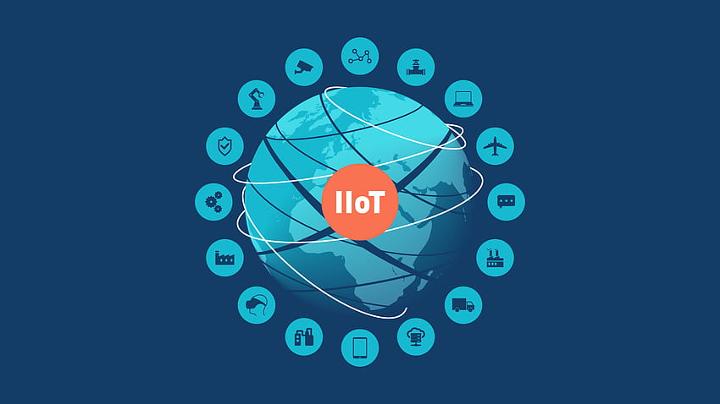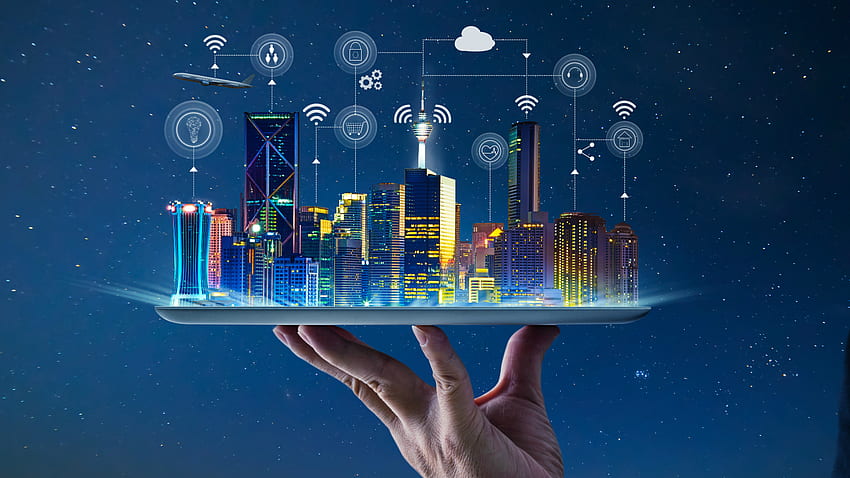Digital transformation is sweeping across industries, empowering companies to embrace technology and disrupt traditional business models. The steel and mining industry, known for its reliance on heavy machinery, long supply chains, and complex operations, is no exception. Digital transformation has emerged as a game-changer in this industry, driving increased efficiency, sustainable practices, and enhanced safety.
One significant area where digital transformation impacts is operations and asset management. Integrating Internet of Things (IoT) devices, sensors, and automation technologies enable real-time monitoring of equipment performance, predictive maintenance, and better decision-making. By analyzing data collected from these technologies, steel and mining companies can optimize their operations, reduce downtime, and increase productivity. For example, sensors can capture data on machinery temperature levels, predicting potential breakdowns and allowing maintenance teams to take proactive action, reducing costly repairs and downtime.

In addition to operational improvements, digital transformation is also revolutionizing the supply chain and logistics aspect of the steel and mining industry. Blockchain technology, for instance, can provide transparency and traceability throughout the supply chain network, ensuring compliance and guarding against fraud. This not only boosts efficiency, but also enhances sustainability efforts by ensuring responsible sourcing of raw materials, ethical labor practices, and reduced carbon emissions.
Furthermore, digital transformation offers enhanced safety measures for workers. By leveraging augmented reality (AR) and virtual reality (VR) technologies, training programs can simulate hazardous scenarios in a controlled environment, enabling employees to develop critical skills and learn best safety practices. Additionally, wearables equipped with GPS and biometric sensors can aid in monitoring workers' health and safety, alerting managers to potential risks, and ensuring a safe working environment.

Another crucial aspect of digital transformation in the steel and mining industry is sustainability. Mining processes can often have adverse environmental impacts, such as deforestation, soil erosion, and water pollution. However, technology-driven solutions like remote monitoring, drone surveillance, and advanced analytics enable accurate environmental impact assessments and effective environmental management. This allows companies to track and minimize their ecological footprint, mitigate risks, and comply with regulatory standards.
While digital transformation presents numerous opportunities, it also poses challenges for the steel and mining industry. Legacy systems, data integration complexities, and the need for skilled personnel are some of the barriers that companies must overcome to successfully implement digital initiatives. However, the potential benefits far outweigh these challenges and have the potential to revolutionize the industry as a whole.

In conclusion, digital transformation is reshaping the steel and mining industry, improving operational efficiency, supply chain transparency, safety, and sustainability. As companies embrace technology, they are reaping the rewards of increased productivity, reduced downtime, and enhanced environmental stewardship. By continually embracing digital solutions and technologies, the steel and mining industry can stay at the forefront of innovation, ensuring its long-term success in a rapidly changing world.
Ai-Ihub
Digital Transformation in Steel & Mining Industry